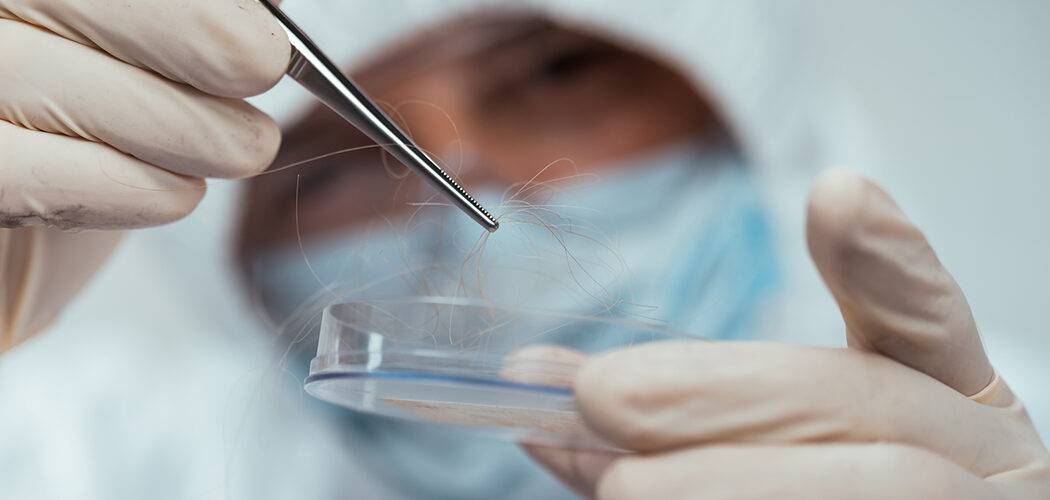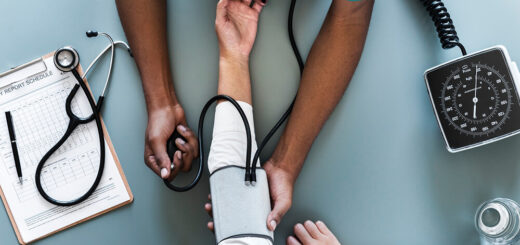How Forensic DNA Is Collected, Extracted, and Profiled

DNA forensic analysis has come a long way since it was first developed in the early 1980s and commercially available in the late 1980s. Improvements in collection, quantification, and amplification techniques have meant that forensic technicians – the men and women employed by places like the State Bureau of Investigation – are now able to develop DNA profiles from relatively small amounts of biological evidence collected from a crime scene.
While in the past, a forensic technician might need a quarter-sized droplet of blood from a crime scene in order to produce a DNA profile, these days, forensic technicians can develop DNA profiles from blood left at a crime scene that may be as small as the head of a needle. In addition, modern forensic DNA techniques allow forensic technicians to develop DNA profiles from touch DNA – biological residue from a person touching or handling something left behind at a crime scene.
What is DNA? DNA is the genetic code that makes us biologically unique. And none of us shares a DNA profile with anyone else, unless we are identical twins. (Identical twins have the same DNA.) Because developing a DNA profile of each person would take years and cost incredible amounts of money, forensic techniques take a very small portion of our DNA – far less than 1 percent – and then compare those DNA markers against the DNA markers found in DNA left behind at a crime scene.
How is DNA from a crime scene collected? DNA from a crime scene is typically collected as part of a very straightforward process. A police officer, following a crime, might put an item thought to have been touched by a suspect into a plastic bag to be sent to the crime lab. Or a forensic technician from the crime lab might come to a crime scene to “swab” (collect DNA) from the walls, furniture, floor, and so forth. Those swabs are wet with purified water, rubbed over the area of the crime scene, dried, and then placed into bags and labled with information about who collected the DNA or item, and where it was collected. DNA may be collected from a Defendant by swabbing the inside of the defendant’s mouth or cheek with a sterilized q-tip.
Once the swabs or items are received at the lab, the swabs are wet with purified water (or the items are swabbed at the lab) and then placed into small test tubes.
The first technique used in the forensic analysis is called “quantification.” The idea behind quantification is to find out whether enough DNA has been collected so that it can be tested. If not enough DNA has been collected, then no further tests are typically run, and no results are reported. “Quantification” is used in order to cheaply and efficiently find out whether enough DNA was collected before going forward with the more expensive and time-consuming parts of the forensic analysis.
If enough DNA has been collected, then the sample is “amplified” through a process called polymerase chain reaction (PCR). PCR uses a primer which essentially causes the rapid and dramatic reproduction of specific parts of the DNA collected. Think of this process as the equivalent of taking one copy and xeroxing it 100,000 or 1 million times.
Amplification is required because the DNA originally collected is so tiny that analyzing it through scientific instruments is impossible. Amplification reproduces specific segments called loci (plural of “locus”) of the DNA so that it can be further analyzed to determine its profile.
The next step in the process is called “capillary gel electrophresis”. The purpose of this process is to make the amplified parts of the DNA (the “loci”) visible to human beings through computerized techniques. The various molecules are stained in the amplified DNA so that each locus has a different color that can be distinguished from other loci.
A forensic analyst uses a syringe (needle) to insert some of the amplified DNA from the test tubes into a gel. An electric current is run through the gel, which causes various molecules from different loci to move at different speeds. These molecules move at different speeds because some are larger, and others are smaller. The smaller molecules will move more quickly.
At the same time, a computer is used to identify the Short Tandem Repeats (STR) at each locus. Most forensic laboratories test 15 separate loci. For each individual, the result is a STR for each of two alleles at each of the 15 loci.
At any given locus of the 15 tested, you and I might share the same STR for both of our alleles. Maybe we even share the same STR for our alleles at two loci. However, as we look at 3, 4, 5, 6 and up to 15 loci, differences will appear so that my DNA profile will be different from yours.
In a common criminal situation, evidence left behind at a crime scene may produce a partial profile. Perhaps forensic analysts aren’t able to develop a full 15-loci profile because not enough DNA is left behind. That may reduce the scientific certainty of the conclusions the forensic analyst can give.
However, forensic analysts can frequently give a very conclusive result with as little as 6 loci reporting from a DNA profile. If a defendant’s profile matches 7 loci of a partial DNA profile produced from a piece of evidence at a crime scene, a forensic analyst may be able to say there is 1 in 10,000,000,000 (or greater) chance that the person is not the defendant.


